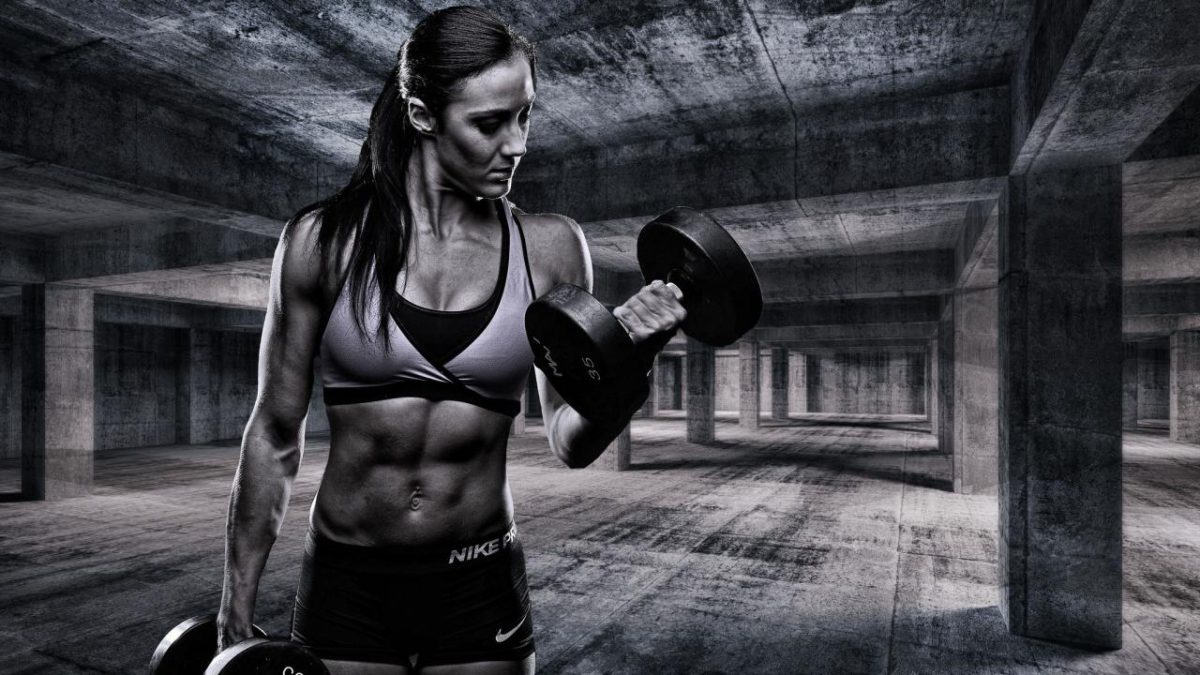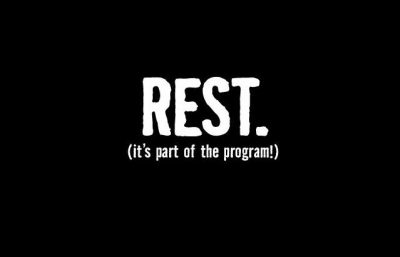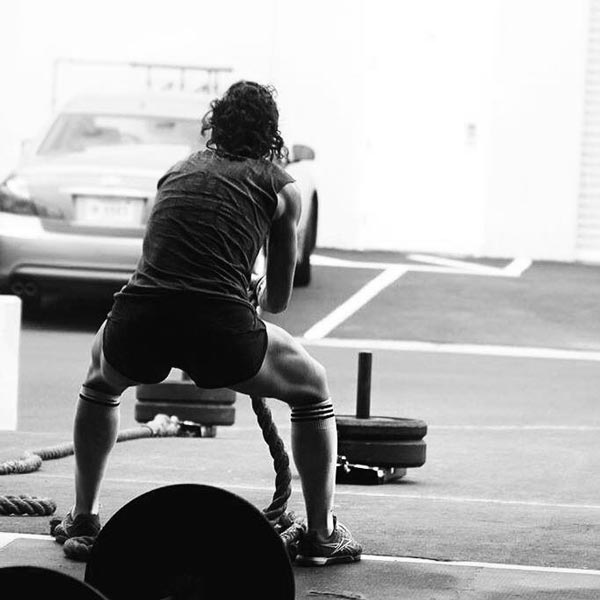Determining Physical Fitness
How do we determine if we are fit or unfit? You probably have some idea of how fit you are. But knowing the specifics can help you set realistic fitness goals, monitor your progress, and maintain your motivation. Once you know your starting point, you can plan where you want to go.
Before the industrial revolution, fitness was defined as the capacity to carry out the day’s activities without undue fatigue. However, with automation and changes in lifestyles physical fitness is now considered a measure of the body’s ability to function efficiently and effectively in work and leisure activities, to be healthy, to resist hypokinetic diseases, and to meet emergency situations.[1]
There are different aspects of physical fitness that you’ll want to measure. These include your aerobic fitness, muscular strength and endurance, flexibility, and body composition. A personal trainer will do a full assessment that will show more specifically where your fitness strengths and weaknesses lie. For now, here are the basic rules of thumb:
In your 20s you should be able to…
- Run 5km in 30 minutes
- Do 30 burpees in a row
- Hold a full plank for at least one minute
In your 30s you should be able to…
- Run a mile in less than 9 minutes
- Hold a plank for 45 seconds or more
- Deadlift more than 50 percent of your bodyweight
In your 40s you should be able to…
- Sprint for 60 seconds without stopping
- Do at least 10 press-ups without stopping
- Touch your toes comfortably with straight legs
In your 50s you should be able to…
- Run at a moderate pace for 60 seconds without stopping
- Do five to 10 burpees without stopping
- Lower yourself into a cross-legged position on the floor without using your hands, and then return to standing
In your 60s you should be able to…
- Regularly take more than 10,000 steps in a day
- Do 12 bodyweight squats without stopping
- Touch your fingertips with one hand over your shoulder and the other behind your back
In your 70s you should be able to…
- Walk a mile in less than 16 minutes
- Climb a flight of stairs with 10 steps in under 30 seconds comfortably
- Rise to stand from a chair without using your hands or arms, and repeat at least 12 times in 30 seconds
If your abilities are better than your age group, good for you! I know people in their 60’s who are in better shape than others in their 20’s. If you are finding that you are 20 years old and in the category of the ’70s, then you probably need to work on your physical fitness.
Determining your Resting Heart Rate
One simple thing that you can do is check your aerobic fitness by determining your resting heart rate. Your heart rate at rest is a measure of heart health and fitness. For most adults, a healthy heart rate is 60 to 100 beats per minute. For context, compare it to a well-trained athlete who might have a resting heart rate of 40 bpm.
To check your pulse over your carotid artery, place your index and middle fingers on your neck to the side of your windpipe. To check your pulse at your wrist, place two fingers between the bone and the tendon over your radial artery, located on the palm side of your wrist below the thumb.
When you feel your pulse:
- look at your watch and count the number of beats in 10 seconds.
- Multiply this number by 6 to get your heart rate per minute.
- For example, let’s say you count 15 beats in 10 seconds. Multiply 15 by 6 for a total of 90 beats per minute.
What is your BMI/Body Max Index?
It is a person’s weight in kilograms/the square of height in meters. It is an indicator of body fat. You could also use an online calculator or better yet, find out what your Body Fat % is instead. This is a more telling number for your health.
There are body scans that you can take that will measure very accurately your body composition (fat, skeletal muscle, water, etc). Check with online sources: Dexa fit and InBody are too reputable companies that offer these. They usually are under $100 and will give you a good starting point towards making your goals.
Once you understand your current picture of body composition, it will help you and your coach make an informed plan for reaching your health goals. You’ll hopefully quickly understand where you need to make changes in either your diet, physical exercise, or both.
[1] “President’s Council on Physical Fitness and Sports Definitions for Health, Fitness, and Physical Activity”. fitness.gov. Archived from the original on 12 July 2012.






